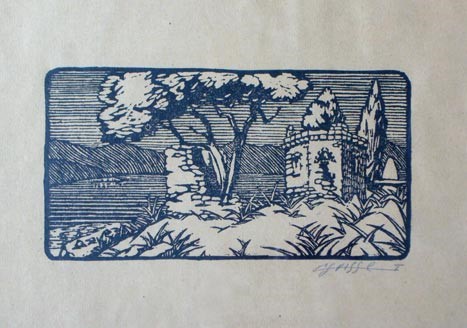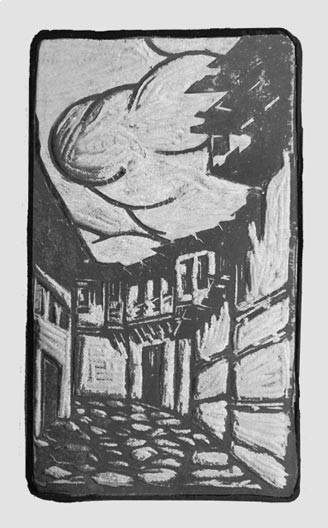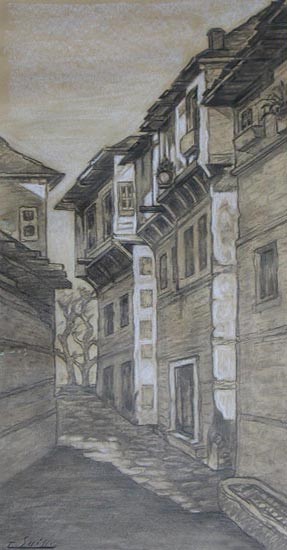Born on 1st December 1898 in Paris, died on 7th March 1988 in Paris, Gaston Suisse was considered, together with Paul Jouve as one of the most important French animal/nature painters. Graduated in 1913 from the Ecole Graduate School of Decorative Arts in Paris. He got in touch with the nature/animal works of Paul Jouve and he immediatetly decided to follow this art style. Together with Paul Jouve, they painted a lot of animals in the zoo gardens of Antwerp and Hamburg.
Gaston Suisse was mobilized in 1914 and first sent to Verdun, and later to Thessaloniki, Macedonia. There he met Paul Jouve, and both created many crayons, drawings and watercolors from the landscapes and daily live of the people in Thessaloniki, Monastir (Bitola), Prespa, and the region.
After the war, his career exploded with success. He was regarded as the leading artist of the Art Deco style. In the 1920s he made several study trips, and he decorated the Alhambra palace in Algiers. Today, his works can be found in many world leading museums, for example Museum of Modern Art in Paris, Army Museum in Paris, Hotel des Invalides in Paris, Museum of Fine Art in Brussels, etc.


